Course description
This course is designed to cover the basics and applications of biomechanics principals (i.e. kinematic, dynamic, static). The topics in this course will include skeletal muscle system, biomechanics of lower and upper extremity bones, spine biomechanics as well as cell biomechanics. More specifically, the students are expected to learn about biomechanics of bone, articular cartilage, tendons and ligaments, peripheral nerves and spinal nerve roots, skeletal muscle, knee, hip, foot and ankle, lumbar spine, cervical spine, shoulder, elbow, wrist and hand, fracture fixation, arthroplasty, and gait. Recent advances and major problems relevant to cell/tissue/organ biomechanics will also be presented and discussed.
Course Pre-Requisites: ENG103, ENG200
Course Learning Outcomes
- Define the basics of mechanic concepts.
- Describe the function, structure and composition of body components in relation to biomechanical properties.
- Describe the forces applied to body parts during locomotion, exercise or under load and calculate their limits to stay uninjured.
- Design and develop devices related to orthopedic applications.
- Perform literature survey on relevant topics and present their results in front of audience.
Course Outline
In this course students will learn about: the biomechanics of bones and articular cartilages; viscoelasticity; biomechanics of tendons, ligaments, skeletal muscle and knee joint.
|
|




